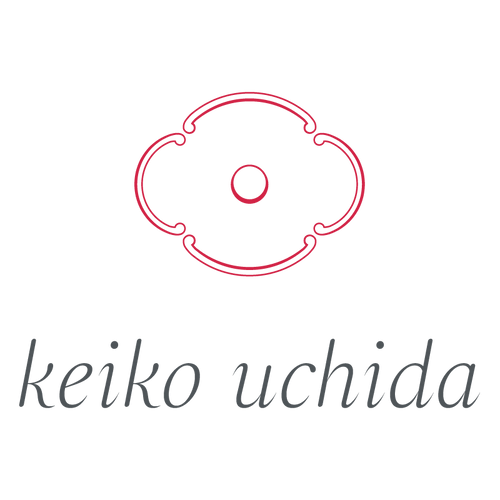This year’s winter solstice is on 22nd December. So it is pretty much the darkest time of the year right now. I know I will begin to feel so much more positive once we get more day light, day by day, after the winter solstice. In Japan, we pay especial attention to the winter solstice, as we treat the sun as a symbol of hope and good luck.
You might know of the yuzu fruit for its use in cocktails, and in Japanese food. Yuzu is like a cross between lime, lemon and orange. In Japan we use it for all sorts of food and drinks, and also in baths in winter - particularly on Toji (Winter Solstice) day. We have a custom of soaking in yuzu baths, which is associated with the idea of misogi (the Japanese Shinto practice of ritual purification by washing the entire body). This is said to reject bad luck and bring good fortune. My family used to take yuzu baths quite often in winter, partly because they act as a superb natural moisturiser, as well as providing a wonderful aroma. As you might know, in Japan we don’t use soap in the bathtub, but wash our bodies outside the bathtub, just using the bathtub for enjoyment and relaxation. The yuzu aroma bath, introduced in the Edo period (1603-1868) can be a fantastic thing on a winter’s night.
Another wonderful bathing activity is the Onsen (or hot spring), which I enjoyed enormously when I was in Japan last month. I travelled especially to the Ureshino onsen, so that I could combine a meeting with my tea makers and potters, with a trip to the onsen. The Ureshino onsen is famous for its characteristically thick hot spring. The water there is a sodium-bicarbonate / chloride hot spring and it has become famous as one of Japan's top three beauty treatment hot springs. It is difficult to have an onsen here in London! But I might try a yuzu bath to warm up and relax.

